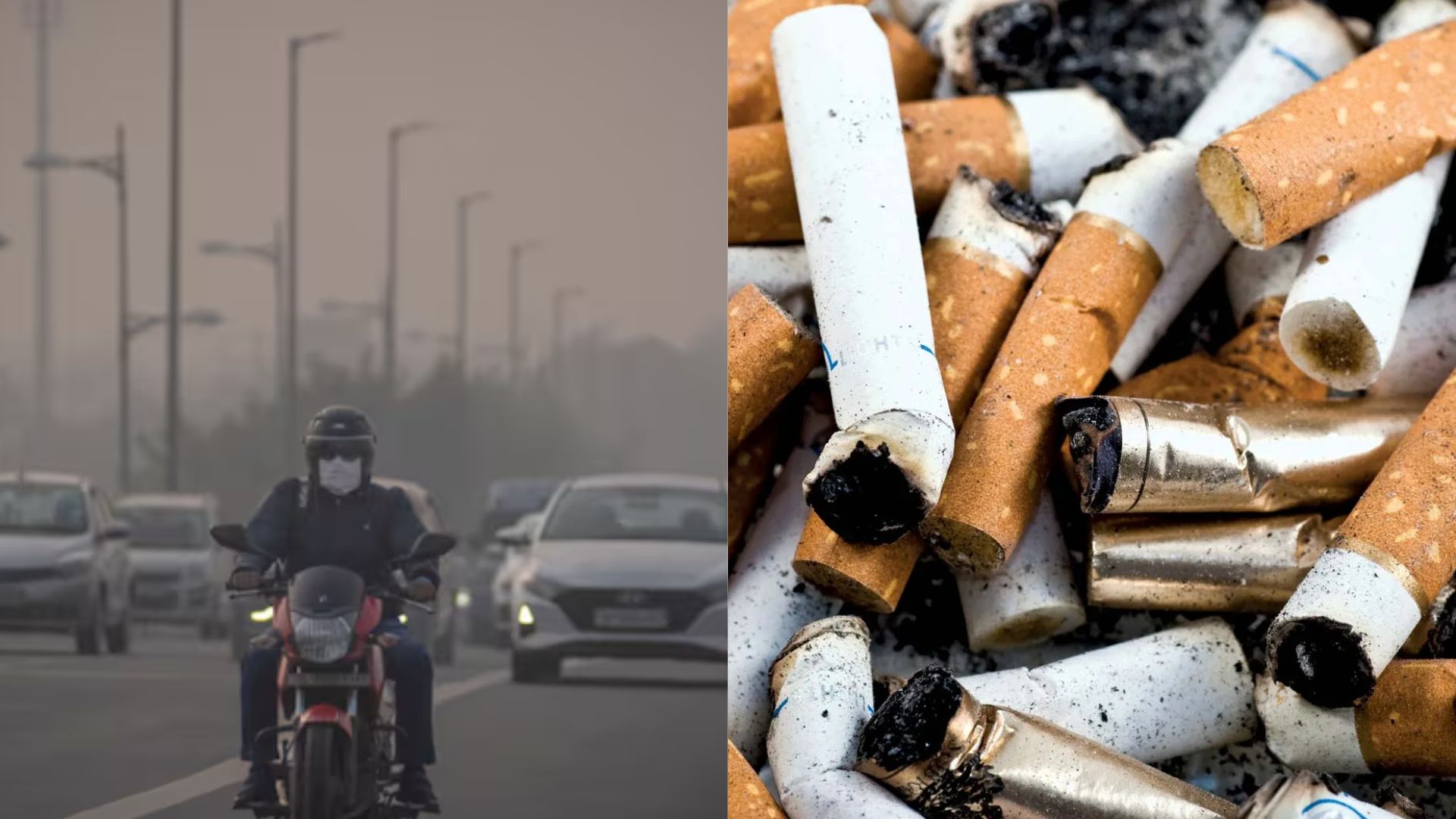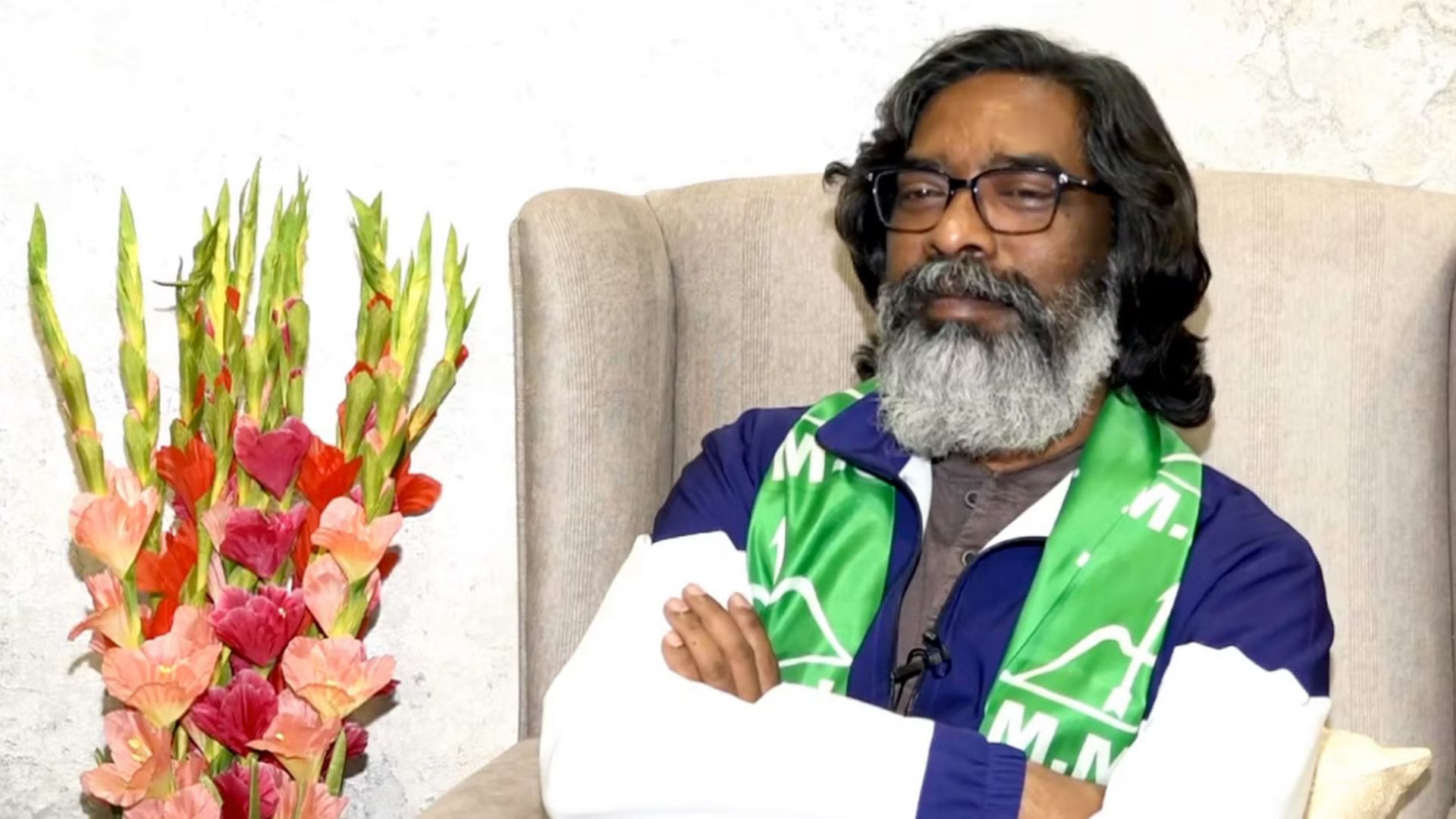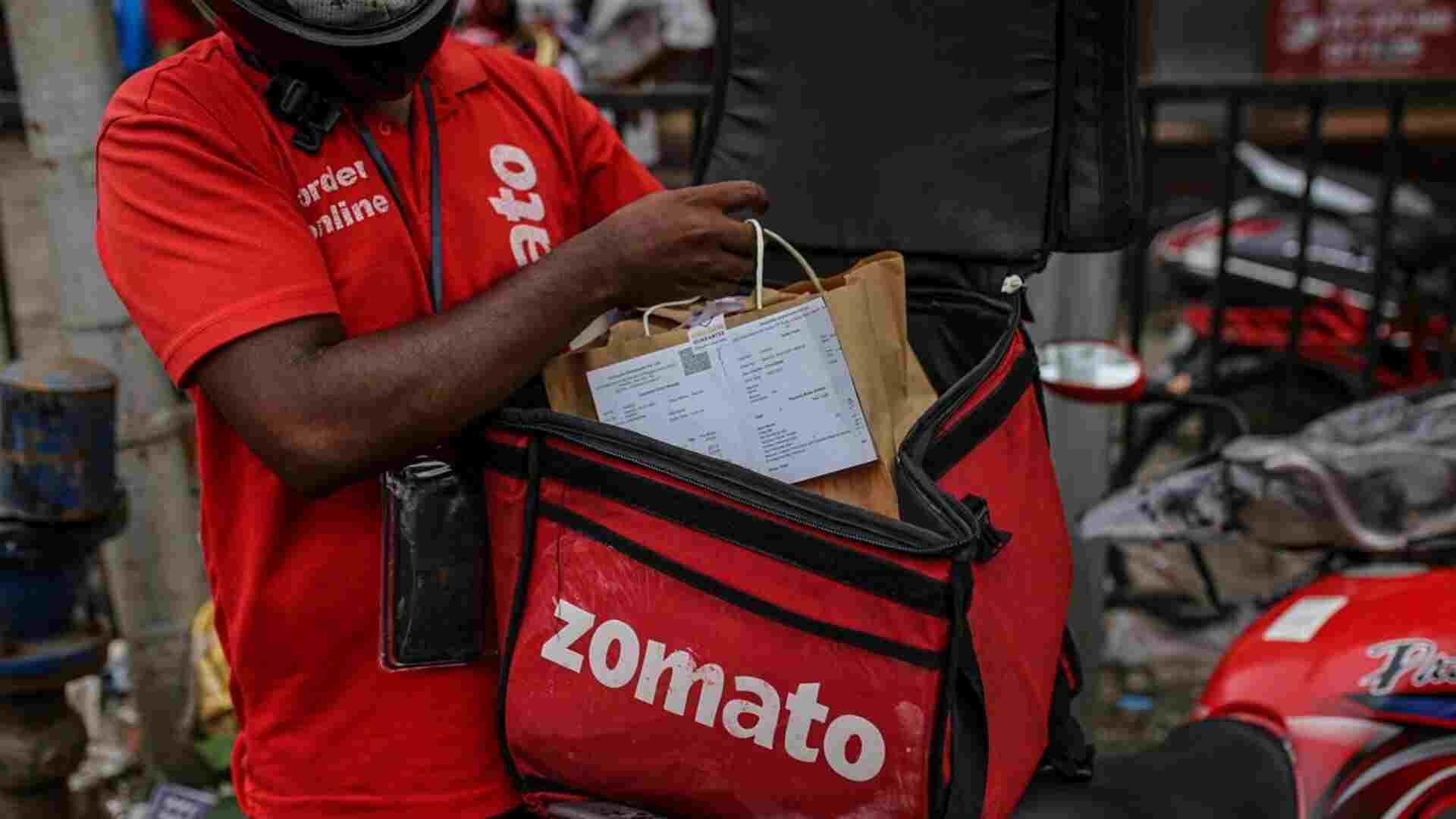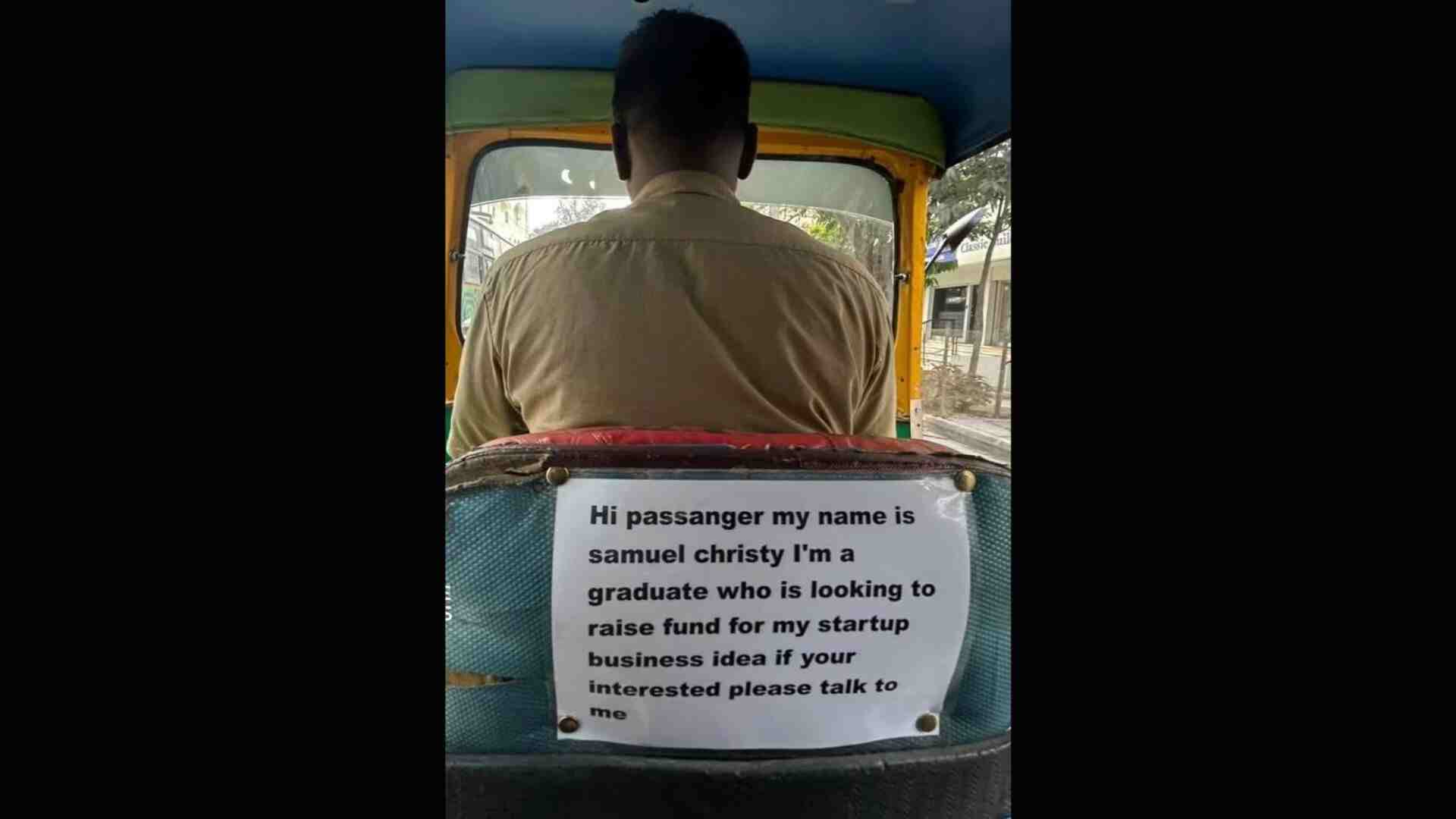
According to experts, apart from the need to introduce technological interventions to improve safety, another major concern that needs immediate attention is the overburdened and underqualified nature of the railway personnel responsible for safety. The focus of railways on adding new trains that run at a higher speed has to run side by side with the investment in track and safety infrastructure. Experts also point to the slow rate of adoption of new safety-related upgrades in India’s railway system as compared to the likes of Russia, the US, and China. Moreover, most Indian train tracks, including some newer ones laid in recent years do not have an anti-collision system. The indigenously developed ‘Kavach’ system to prevent collisions also needs to be expanded across rail routes across the country.
Other challenges plaguing the Indian Railways range from overcrowding, inadequate maintenance, and human error. Over the years, India has witnessed several major railway accidents, resulting in the loss of life and property. Notable incidents include the Khanna rail fire in 1998, the Gaisal train collision in 1999, and the Kanpur train derailment in 2016.















